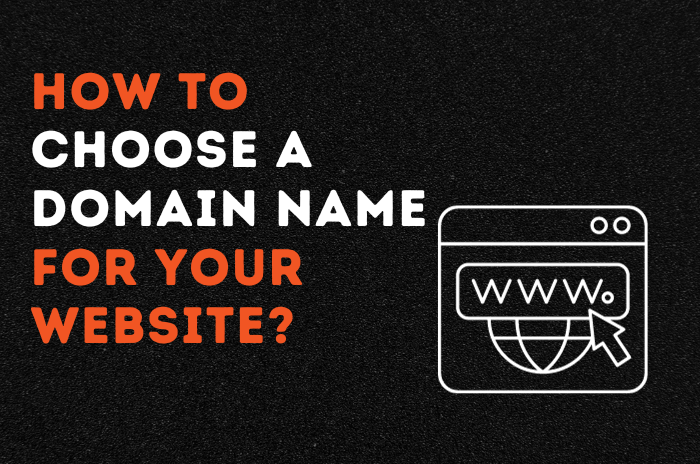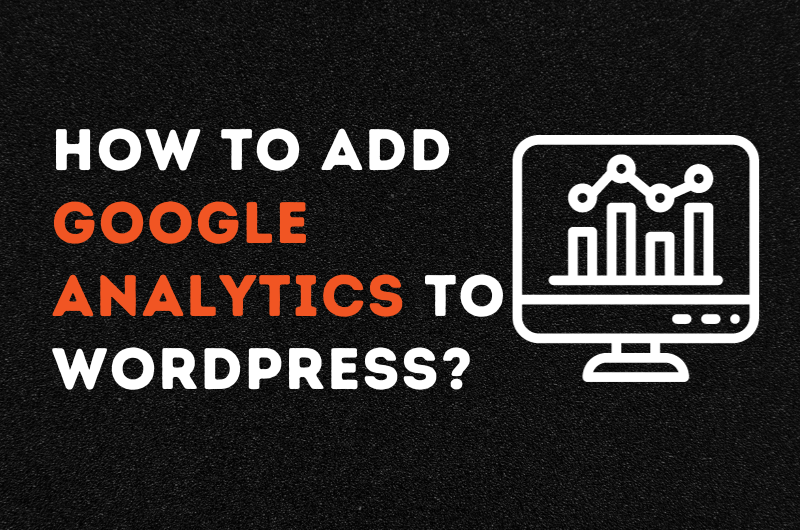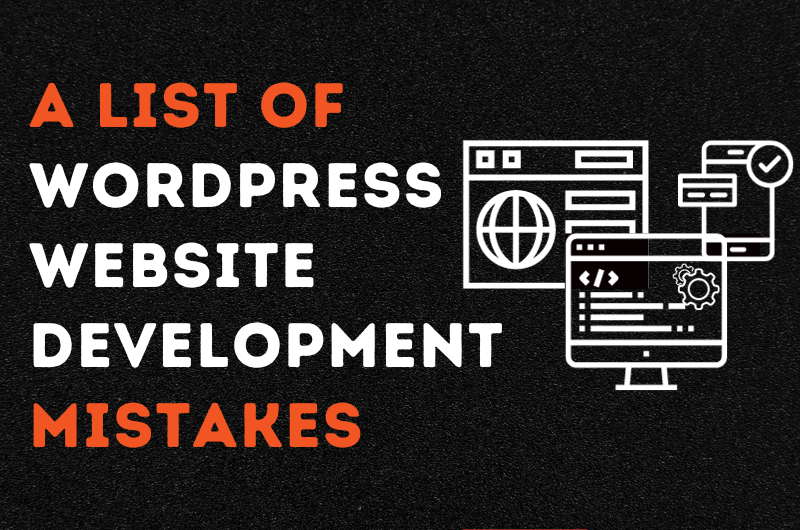What is the Difference Between HTTP and HTTPS?
This blog discusses the difference between HTTP and HTTPS. If you are new to web development, this is a thought that will definitely bother you. At first, you might not even feel the difference between HTTP and HTTPS. But, as you go further down the rabbit hole, you will learn many surprising things. HTTP and […]
What is the Difference Between HTTP and HTTPS? Read More »









